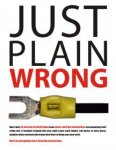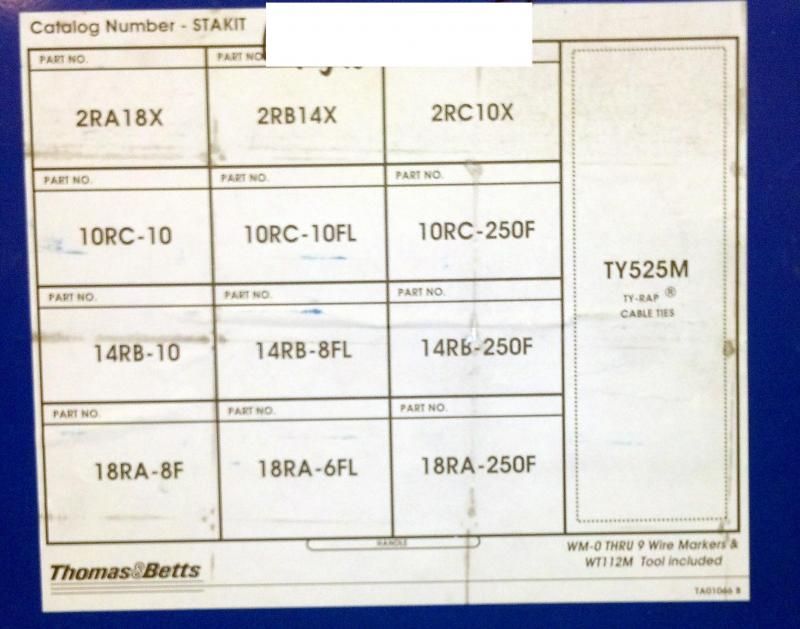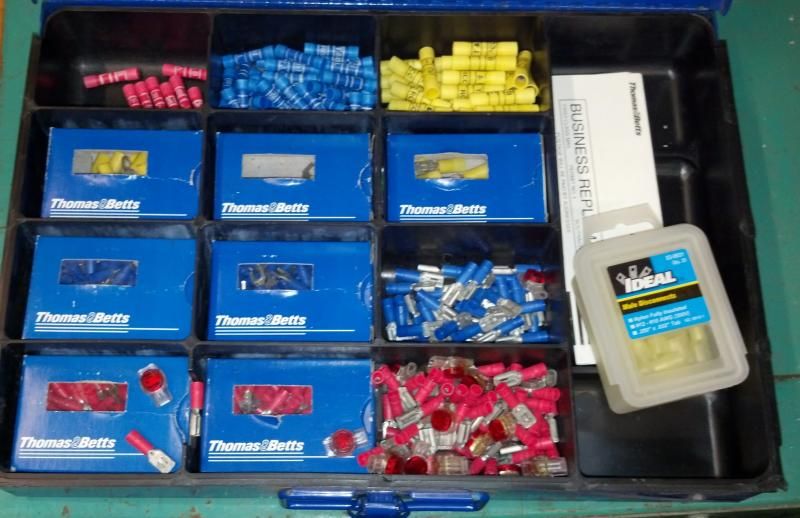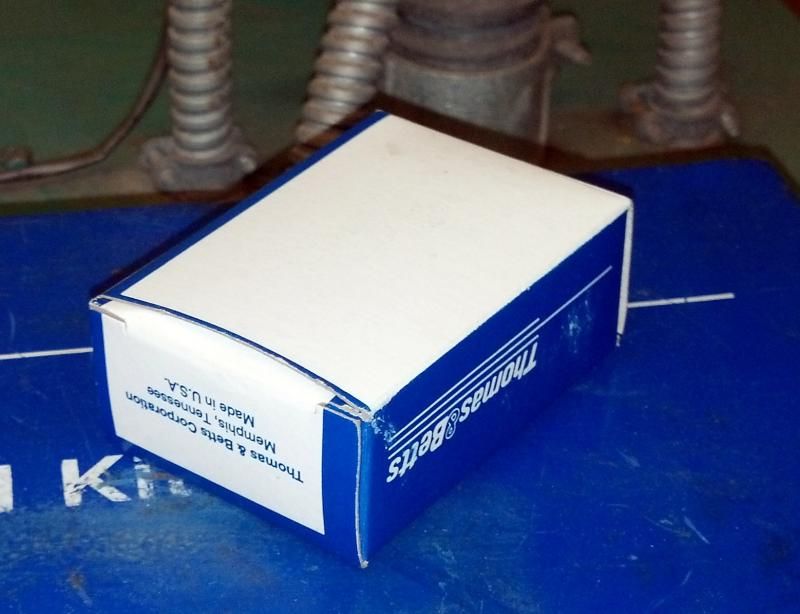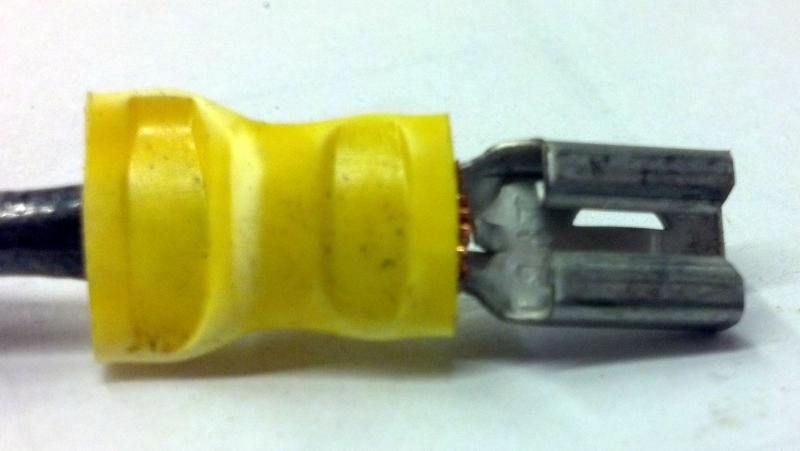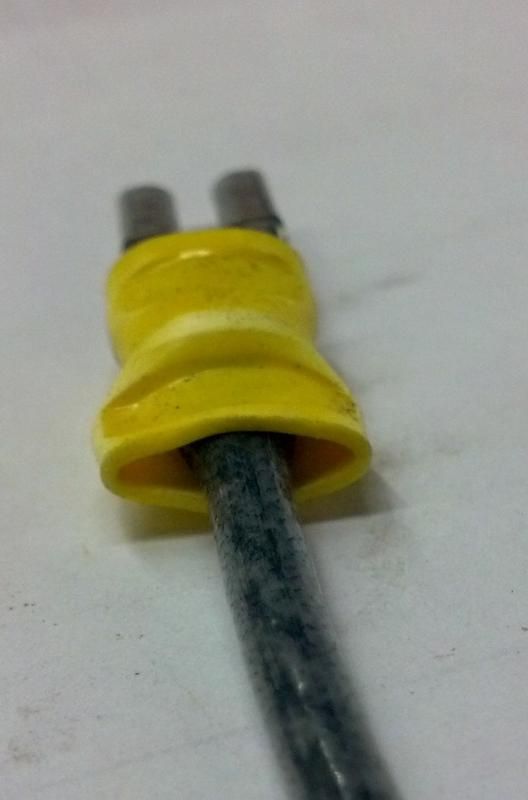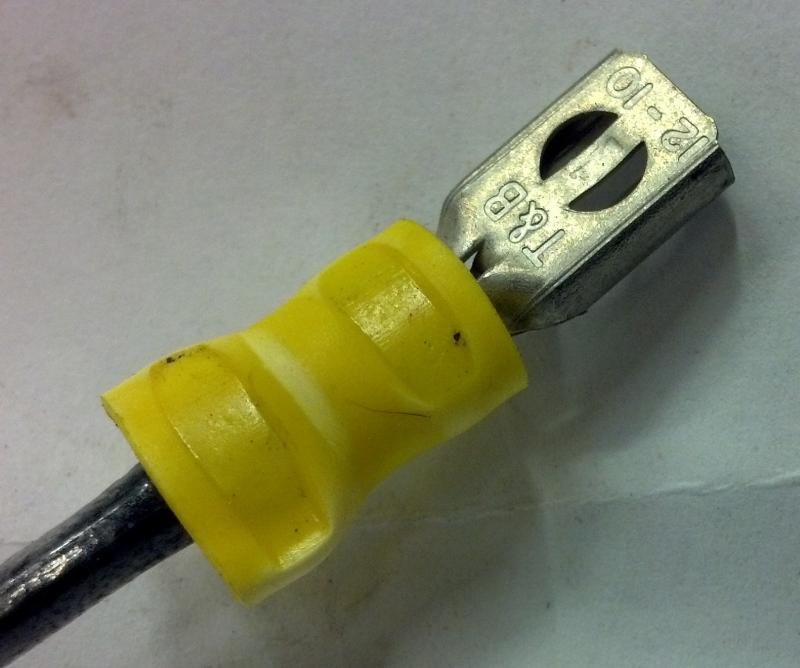pjholguin
Senior Member
Some specifications call for terminals, so having the fancy ones are nice and produce a quality crimp...time after time. :happyyes:
As using stranded wire on a terminal screws is just screwy. And no I don't, I order receptacles that have the compersion plates for stranded wire...works great and real time saver. JMHO
As using stranded wire on a terminal screws is just screwy. And no I don't, I order receptacles that have the compersion plates for stranded wire...works great and real time saver. JMHO
But one of these days I would like to get a real crimper because the pliers like most people have don't put out a nice looking crimp even
though it's functional. One of those fancy ratcheting jobs.
Here's a question regarding crimp connectors? Does anyone besides me use these when hooking up 20 amp receptacles with stranded wire?
As opposed to leaving the stripped insulation attached to the wire, and then wrapping around and under screw. I never liked doing that
so have started crimping these. But it's more work.


